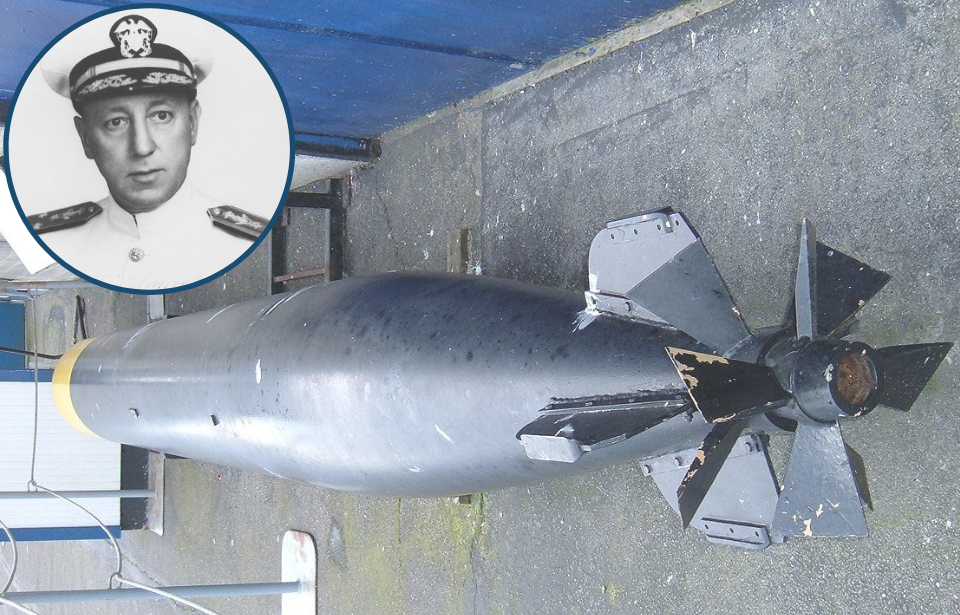The Mark 14 Torpedo Scandal occurred during the period of 1941-43, with problems related to the weapon dating back almost 25 years. It was among the most unreliable torpedoes used by the US Navy during the Second World War, due to issues with its depth control and magnetic influence and contact exploders.
One writer went as far as to say that “the only reliable feature of the torpedo was its unreliability.”
The Mark 14 torpedo
The Mark 14 torpedo was an anti-ship torpedo used by the US Navy during the Second World War. Developed during the Great Depression at the Naval Torpedo Station in Newport, Rhode Island, it was intended to replace the World War I-era Mark 10 torpedo. It could travel at a top speed of 46.3 knots and had greater depth stabilization.
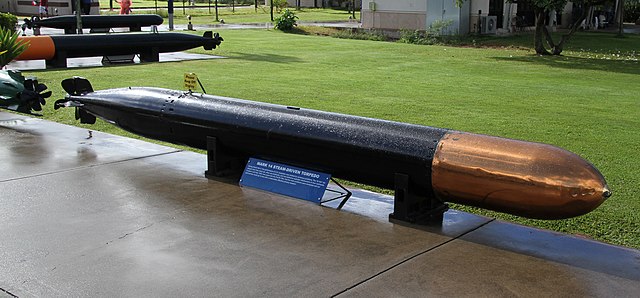
The Mark 6 exploder used in the Mark 14 torpedo was developed in 1922 and showed similarities to that used by the Germans and British. The Mk 14s were expensive, with a price tag of $10,000 apiece, meaning the units weren’t tested in live-fire tests, as the Navy couldn’t afford to lose any of the weapons.
Depth control issues with the Mark 14 torpedo
Depth control proved to be an immense issue for the Mark 14 torpedo. Numerous incidents showed there were problems with the depth at which the torpedoes ran – one during a war patrol by Com. Tyrell D. Jacobs and another by Pete Ferrall – and it wasn’t long before many servicemen began to believe the Mk 14 was faulty.
While it was initially determined the torpedoes ran at four feet deeper than they were set, it was later found through testing that they actually ran at between 10 and 11 feet deeper.
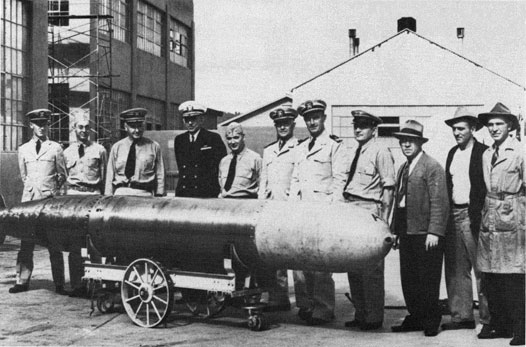
At first, the issue was believed to be solely caused by the weight of the warheads, which made them heavier than expected. This made sense, as the ones used in testing were significantly lighter than those used at sea. However, that wasn’t the only issue. Water pressure was also found to play a large role in the Mk 14s malfunctioning.
Modifications to the Mk 14 moved the pressure-sensing port to the interior of the free-flooding body. This was because the pressure there was as close to true hydrostatic pressure as possible.
Issues with the Mark 6 magnetic influence exploder
The Mark 6 magnetic influence exploder had a great appeal, offering the possibility of detonating beneath the vulnerable undersides of warships. Its development was a closely-guarded secret, and it was tested aboard the USS Raleigh (CL-7) and Indianapolis (CL/CA-35).
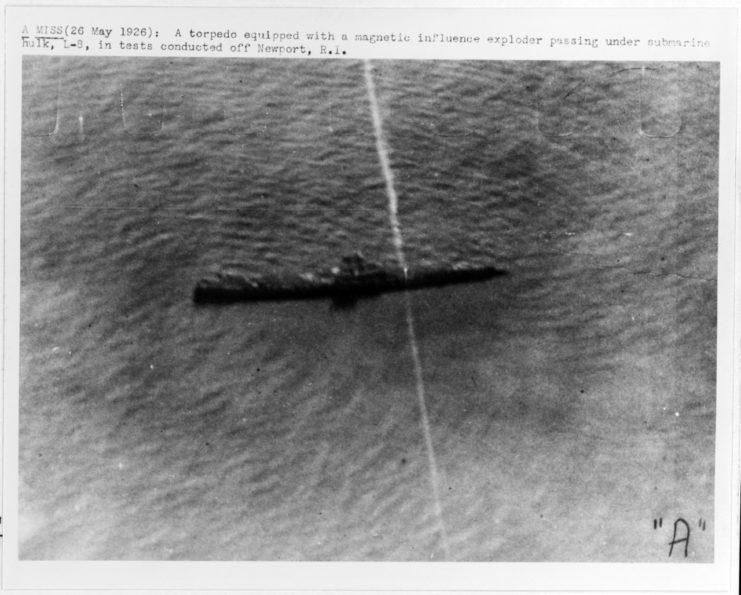
When designing the exploder, the idea was to sense a magnetic field through the magnetization of a ship’s hull or the change in the Earth’s magnetic field, caused by the ferrous metal in said ship’s structure. The issue was that the ferrous metal caused horizontal and vertical changes in the Earth’s magnetic field, and these differed depending on the direction and distance of the ship to the field. The magnetic exploder was largely dependent on latitude, so vertical changes disrupted the detonator.
This issue caused the Mk 14 to prematurely explode, affecting the efficacy of a number of US attacks. This included failed launches by the USS Tunny (SS-282), Trigger (SS-237) and Pompano (SS-181). By 1943, the majority of submarine skippers were estimating that a total of 10 percent of their torpedoes were prematurely exploding, up from the Bureau of Ordnance’s (BuOrd) stats at just two percent.
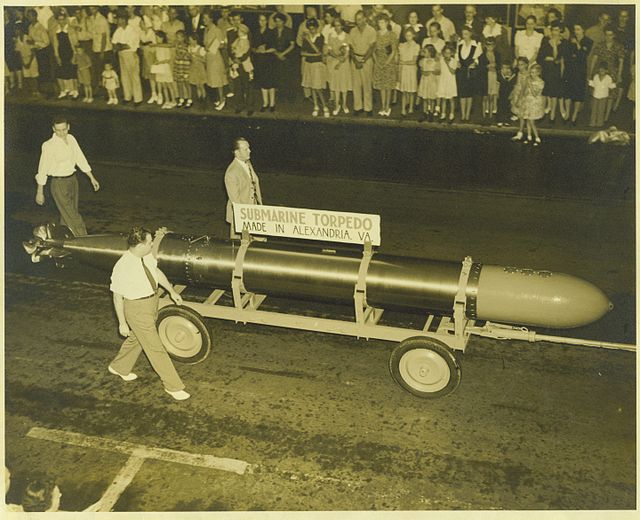
While the magnetic influence exploder was abandoned by other navies, American officials denied any of the aforementioned issues and, instead, offered alternatives for setting the exploders at different latitudes. However, it wasn’t long until the US Navy, too, abandoned the exploder.
Issue with the contact exploder
The issue of speed with the contact exploder was only truly addressed once the other two problems were resolved.
Development of the Mark 14 torpedo didn’t address the speed increase from 33.5 to 46.3 knots. As such, the increased speed could bend the vertical pins that guided the firing pin block. This was enough to cause the firing pins to miss the percussion caps, resulting in the torpedo not detonating. When tested on a cliff in Hawaii, it was found many of the torpedoes were duds, not detonating on impact.
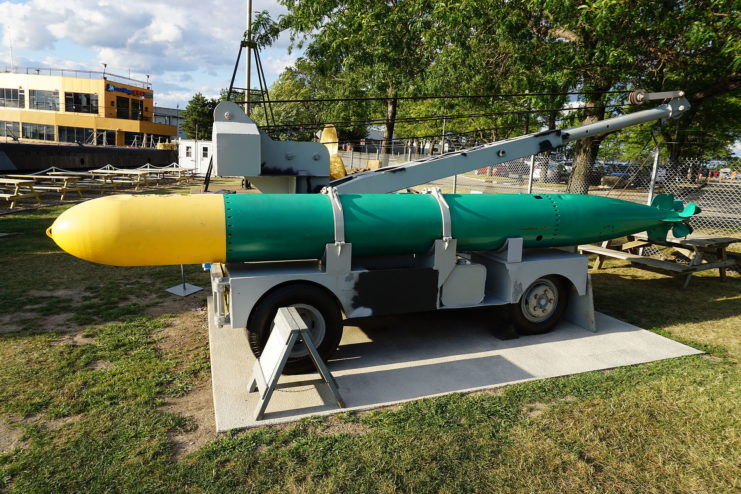
The solution to the unreliability of the contact exploder was rather simple: the steel firing pin blocks were replaced with aluminum alloy and lightened as much as possible. This ensured the inertial forces wouldn’t distort the guide pins.
Another solution was to use an electrical detonator and ball switch. This was even simpler to implement and eventually became the standard.
The Mark 14 Torpedo Scandal
The scandal surrounding the Mark 14 torpedo had less to do with the weapon itself and more to do with the refusal of the BuOrd to address the issues. Then-Rear Adm. Charles A. Lockwood Jr., Commander, Submarines, Southwest Pacific during WWII, chose to take on the BuOrd himself and get them to fix the recurring problems.
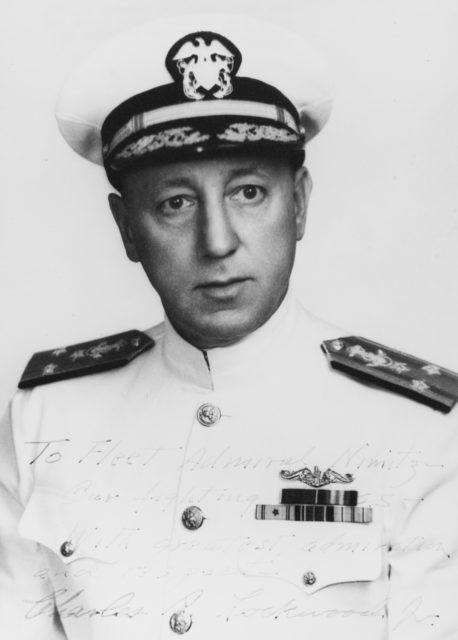
Originally, the BuOrd claimed the issues with the Mk 14s were the fault of submarine commanders and not the weapons themselves. With such a high number of malfunctions, however, this couldn’t be the case. In 1942, Lockwood attended the Submarine Officers Conference in Washington to confront the BuOrd’s leaders.
“Get the Bureau off its duff”
While at the conference, Lockwood iconically said, “If the Bureau of Ordnance can’t provide us with torpedoes that will hit and explode… then for God’s sake, get the Bureau of Ships to design a boat hook with which we can rip the plates off a target’s side.” Although impactful, his statement was not taken kindly and made it seem as though he was discrediting the BuOrd.
Lockwood’s intention was to make the BuOrd do something about the torpedoes, and he exclaimed that “if anything I have said will get the Bureau off its duff and get some action, I will feel my trip has not been wasted.” Leaving the conference and returning to his station at Pearl Harbor, Lockwood had partially succeeded in his mission, as the BuOrd agreed to put the magnetic exploder under study.

By 1943, Lockwood officially ordered what most of his commanders were already doing: deactivate the magnetic influence exploder and only use the contact exploder. This was the ideal solution, despite the contact exploders themselves being an issue, and resulted in relatively fewer duds.
More from us: Atomic Annie: The Cold War-Era Cannon Capable of Firing a Nuclear Warhead
Ultimately, the BuOrd had to make alterations to the torpedoes, and upon doing so saw a markable rise in the sinking of enemy vessels. Following the conflict, parts of the Mark 14 were combined with the best features of captured German torpedoes, creating the hydrogen peroxide-fueled Mark 16, which became the post-war standard.
